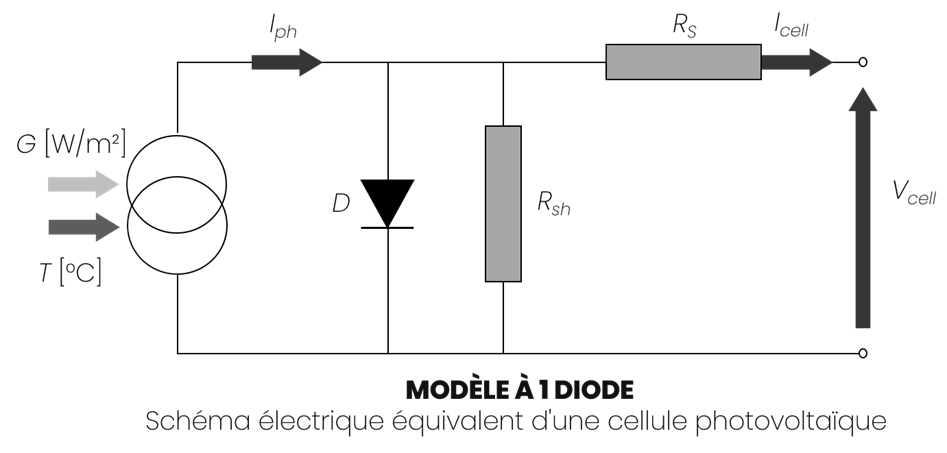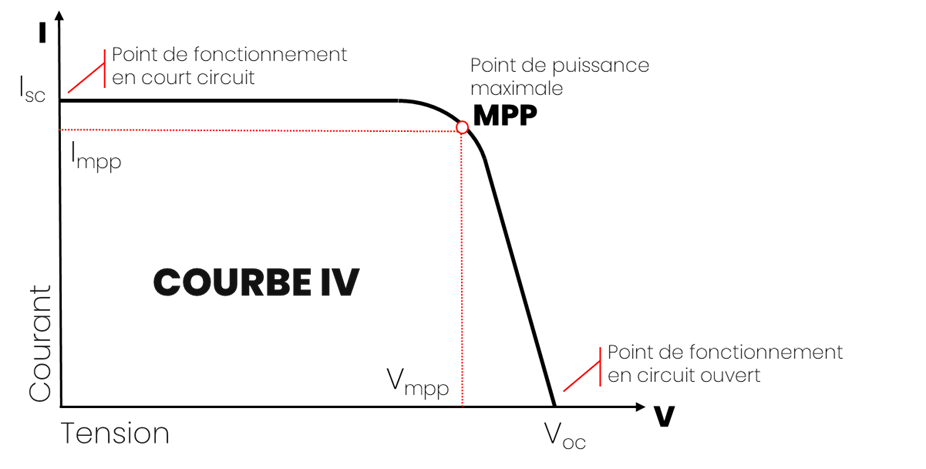A multidisciplinary group of researchers in electrical engineering, computer science and mathematics, from our laboratories and partner university research units, has created a new method for analyzing photovoltaic systems. This innovative method offers a promising alternative for analyzing the famous and unavoidable current-voltage curve or IV curve, commonly used to characterize photovoltaic panels.
The prestigious scientific journal Solar Energy has published the breakthrough in an article entitled "On the Parameter Domain of the Single-Diode Model", result of a fruitful collaboration between three researchers (1).
In the field of photovoltaic systems, the IV curve is essential for the diagnostics and optimization of solar panel performance. This curve provides crucial information about faults in the operation of photovoltaic systems.
In photovoltaic systems, the IV curve is essential for diagnosing and optimizing the performance of solar panels. In fact, this curve provides crucial information on photovoltaic system malfunctions.
Traditionally, its analysis is based on the so-called "one-diode" model, which requires the estimation of five parameters. Nevertheless, solving this model is complex and requires significant resources in terms of computing time and capacity, due to the transcendent nature of the equations involved.
The research team and the conclusions of their work overturn this subject and propose an innovative method that focuses on three specific points of the IV curve: the open circuit point, the short circuit point and the point of maximum power. Thanks to a rigorous mathematical analysis, the researchers have demonstrated for the first time the existence of intervals for each parameter, linked by implicit functions. It is therefore possible to calculate the value of 4 of the 5 parameters and the intervals from the fifth. This approach reduces the calculation time required to optimize the single-diode model by several orders of magnitude. The time required could be 100 or 1000 times faster, and even much more, depending on the case.
This work opens the way to new diagnostic solutions, enabling greater optimization of performance and improved fault detection. It will be possible to carry out an analysis on microcontrollers at low cost, without the need for computer processing resources. This achievement could transform the way the solar energy industry analyzes and optimizes photovoltaic systems, for example in plant operation and maintenance with substantial benefits.

